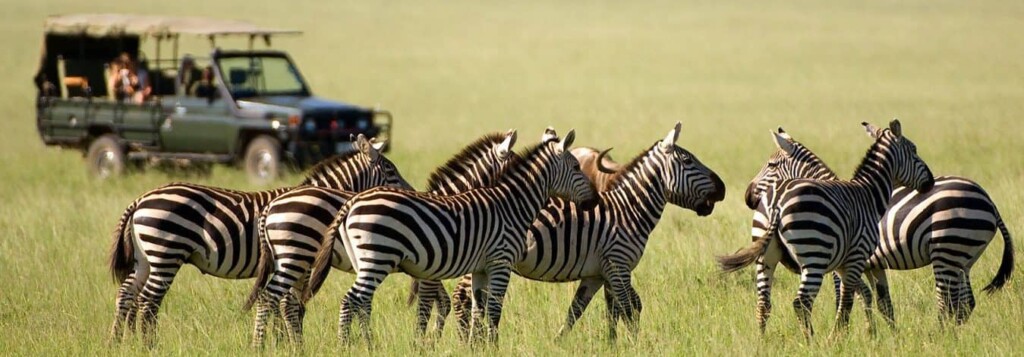Take a break from your beach holiday and go on Tsavo safaris with us to see two of our best national parks with Luxe Africa Safaris. The wildlife of Kenya is waiting to be explored. Tsavo East and Tsavo West are renowned for having lions that prowl the savannahs, elephants that are herded, and a wide variety of other wildlife.
On this quick but all-inclusive safari organized by Luxe Africa Safaris, you’ll be searching for hundreds of species.
Tsavo safaris

The largest park in Kenya is Tsavo East National Park, and because to its limited vegetation, seeing animals is easier. You could encounter the unusual Tsavo lions, the males of which lack the typical thick manes. Additionally, it is rumored that while traveling to one of the park’s well-known drinking spots, the elephants will roll in the reddish soil to display their vivid coats.
With its picturesque hills, deep, rich colors, and abundant springs, Tsavo West National Park provides you with a unique experience. As you search for the “Big Five,” you may anticipate coming across the spectacular baobab trees. Monkey and baboon habitats are also available in this diversified park. If you tell us how you want to arrange your safari trip, we’ll make it happen—even if it comes up on the spur of the moment!
Together, Tsavo East and Tsavo West make up one of the biggest national parks in the world, occupying 4% of Kenya. The enormous open landscapes of Tsavo East National Park are captivating; it has a wild, unexplored feeling. The majority of safari species, including Tsavo’s maleness lions, may be found in the vast, semi-arid desert, where viewing wildlife is always feasible despite low wildlife populations. You don’t want to miss this when you embark on Tsavo safaris.
There are several rare antelope in Tsavo East which you can see during your Tsavo safaris. The fringe-eared oryx can only be seen in a few places, including here. Although the lesser kudu is quite timid, occasionally you can spot it scurrying off into the woods.
When attempting to reach the thin foliage of trees and shrubs, the long-necked gerenuk is seen standing on its hind legs. You could get a chance to see the very endangered Hunter’s hartebeest (hirola).
Tsavo safaris may be visited any time of year; however the dry season (June to October) is the greatest time to see animals. The vegetation is sparser at this time, and animals congregate around dependable water sources. A fantastic time to see animals is during the dry period between the short and long rains, which lasts from January to February.
You can take a Tsavo safari all year round and Luxe Africa Safaris is here to assist you.
